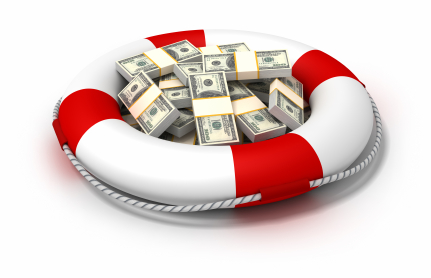The other day, I had the pleasure of spending time with one of my clients who just turned 91. She scheduled an office visit to discuss her concerns about the condition of the bond market.
Now, you might expect someone in her shoes to have given up on stocks long ago and moved all of her money into bonds. Fortunately, she has always embraced diversification and has maintained at least a 30% position in equities. As a result, even with recent losses on the bond side of her portfolio, she has managed a respectable gain on the year so far.
As advisors, we tend to spend a lot of time on the opposite end of this conversation, reminding clients not to extend themselves beyond the 50%-60% equity range. With equities markets on such an impressive run lately, it would be tempting to go “all in” with stocks. Investors have become pretty well versed in the benefits of not overreaching on the stock side, especially those who lived through the financial crisis in 2008.
But staying diversified on the conservative end is just as important.
Investors who fled stocks after the financial crisis or simply decided to pull out on the day they retired are now seeing firsthand why being too conservative can be costly. The last 30 years in the bond market have produced reliable returns, so this concept of leaning too heavily on bonds is not as well known.
While it is impossible to predict what the stock market will do over the next few years, it would not be going out on a limb to say that it will be difficult to make much money in bonds over the next few years.
The concept of keeping money safe is never more important than during the withdrawal stages of retirement, so we must keep in mind the reason for bonds in our portfolios: Safety and a hedge against the volatility of the stock market.
However, we must also remember that we don’t need access to all of our money at one time. Efficient Frontier studies have shown that maintaining a 30%-40% equity stake actually reduces volatility risk and increases your return over the long term.
You might think that the “long term” doesn’t apply anymore once you retire, but if you were to retire at 65, you still might have a 30-year investment career in front of you.
Do the math. An investor who has 60% of their money in bonds and is withdrawing at an annual rate of 4% in retirement, has 15 years of withdrawals covered by their bond portfolio – even if it doesn’t earn a penny.
During the financial crisis – one of the worst downturns in our nation’s history – the S&P 500 lost 38% and recovered within five years. So the theory here is that maintaining a 10–15 year supply of withdrawals on the bond side of your portfolio allows you the confidence and time to withstand a significant market downturn, while taking advantage of the returns that the stock market has to offer over the long run.
You still need long-run stock returns to help sustain your portfolio past those 10-15 years of withdrawals. Especially when bonds suffer setbacks, as they did in the spring of 2013, stocks provide a counterbalance, as my 91-year-old client can attest.
Current market conditions will impact your exact allocations, but the lesson learned here is that staying diversified and maintaining some exposure to equities can help protect you against losses on the bond side of your portfolio.
Dave Sandstrom is vice president at Landaas & Company.
(initially posted July 19, 2013)
More information and insight from Money Talk
